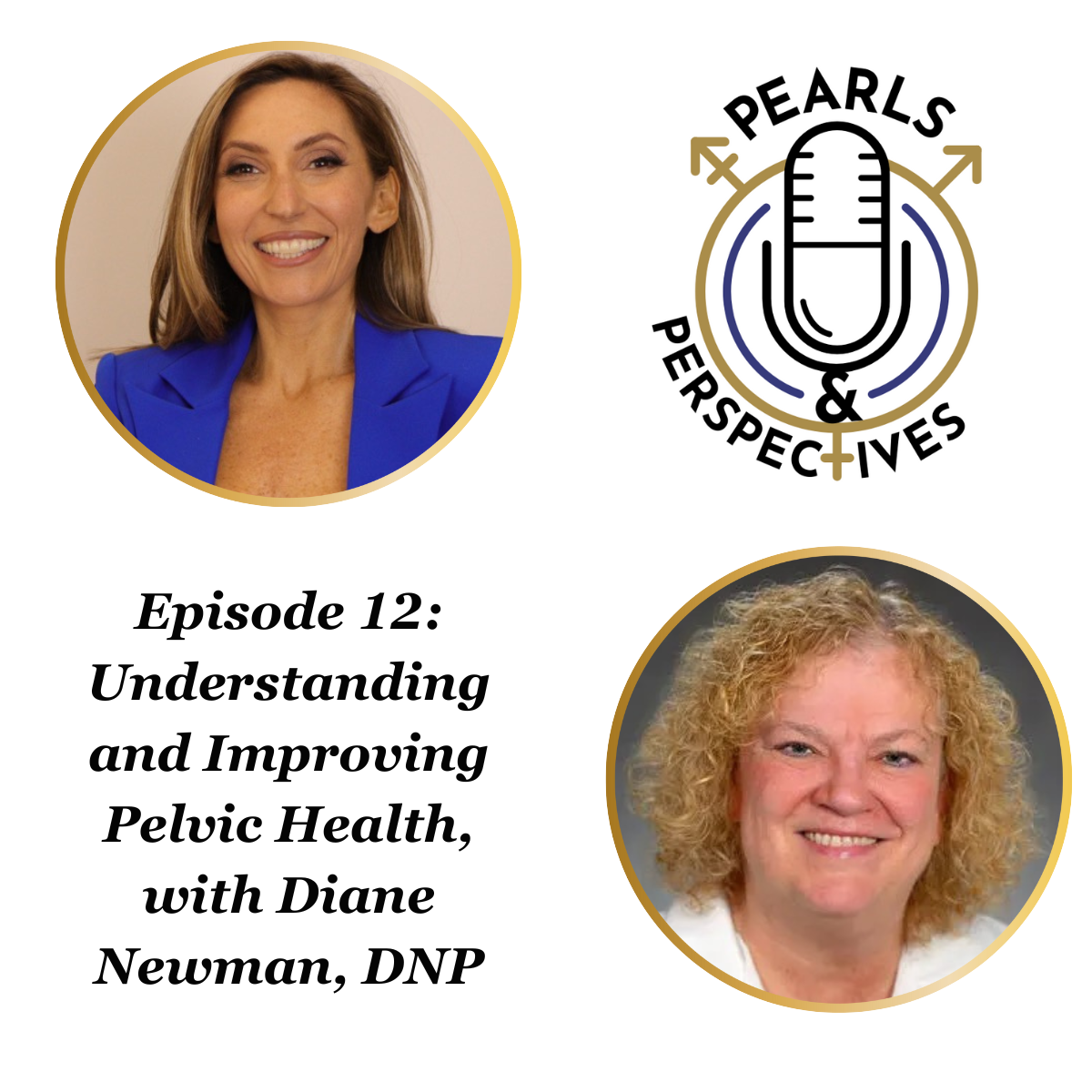Article
Look for vulvodynia in patients with IC, pelvic pain
Oak Brook, IL--Patients with interstitial cystitis may also have vulvodynia, another pelvic pain syndrome that isn't well understood and can be difficult to treat. But research is beginning to tease out the sources of pain, and therapies aimed at treating neuropathic pain seem to offer the most effective approach to treatment today.
Oak Brook, IL-Patients with interstitial cystitis may also have vulvodynia, another pelvic pain syndrome that isn't well understood and can be difficult to treat. But research is beginning to tease out the sources of pain, and therapies aimed at treating neuropathic pain seem to offer the most effective approach to treatment today.
How often will you encounter vulvodynia in your patients? A 1997 epidemiologic study of IC patients estimated that about 25% (Urology 1997; 49[suppl 5A]:52-7) also have symptoms of vulvodynia, although some pelvic pain experts now believe that figure may be low. The research of Ursula Wesselmann, MD, PhD, associate professor of neurology and biomedical engineering at Johns Hopkins University, indicates in a preliminary study of 31 vulvodynia patients that 16% of vulvodynia patients, at least of those with pain all over the urogenital floor, also have IC. Recent surveys of the general population indicate that 28% of women may report a history of pain at the vestibule (J Lower Genital Tract Dis 2004; 8:48-57). Studies conflict, however, on whether the distribution varies among ethnic groups.
Dr. Wesselmann is one of those researchers trying to trace the sources of vulvodynia pain and find effective therapy. She updated attendees on the current understanding of vulvodynia and the latest approaches to treatment at the International Pelvic Pain Society annual meeting here.
Although different terms have been applied to the pain syndrome, such as vulvar dysesthesia, today chronic vulvar pain is termed vulvodynia. Clinically, she said, the pain falls into three categories: vulvar vestibulitis, which is pain localized to the vestibule, mainly at the posterior aspect of the vagina, in which pain with intercourse and tampon insertion is typical; generalized dysesthetic vulvodynia, with pain all over the perineal area; and a combination of the two. It is likely that the definitions of the subgroups of vulvodynia will be revised in the future as knowledge about the etiology of this disease increases.
Patients who also have IC generally fall into the last two categories. Pain may start as either generalized or localized and progress the other way, but it is difficult to predict which patients will show that.
Difficult to pinpoint Assessment is done simply by applying pressure with a cotton swab to the vulvar area and assessing which areas are painful. Frequently, patients may have pain at the site of pressure that also extends to other areas of the vulva, a phenomenon known as secondary hyperalgesia, which is typical of neuropathic pain syndromes. But also common, said Dr. Wesselmann, is referred pain from the viscera. IC, irritable bowel syndrome, and endometriosis can all refer pain to the urogenital area in women, likely because of the spinal cord overlap in innervation of pelvic organs and structures.
Dr. Wesselmann and others have been researching this phenomenon, discovering not only neuronal overlap but also cross sensitization between nerves at the spinal cord serving different pelvic structures. In rats, the same neuron in the thoracic spinal cord has been shown to react to colorectal distension and vaginal distension or testicular compression.
Dr. Wesselmann and her co-workers have looked at expression of C-fos, a neuronal marker of pain stimulation, in the spinal cord of rats with uterine and vaginal inflammation. In rats, uterine afferents project to the hypogastric nerve and spinal cord segments L2 to T10. The vagina projects to the pelvic nerve and spinal cord segments L6 and S1.
But when rats underwent uterine inflammation, recovered, and later underwent vaginal inflammation, C-fos was expressed not only in L6 and S1, but all the way up to T10.
"That implies that the spinal cord is already in a sensitized state. So subsequent stimulus to an adjacent organ results in an exaggerated response. This could be one of the reasons why some women who have recovered from pelvic inflammation later develop a vulvodynia-like pain syndrome. Many women have yeast infections, and perhaps something that simple could trigger a chronic pain syndrome in a sensitized state," Dr. Wesselmann suggested.
Newsletter
Stay current with the latest urology news and practice-changing insights — sign up now for the essential updates every urologist needs.

















